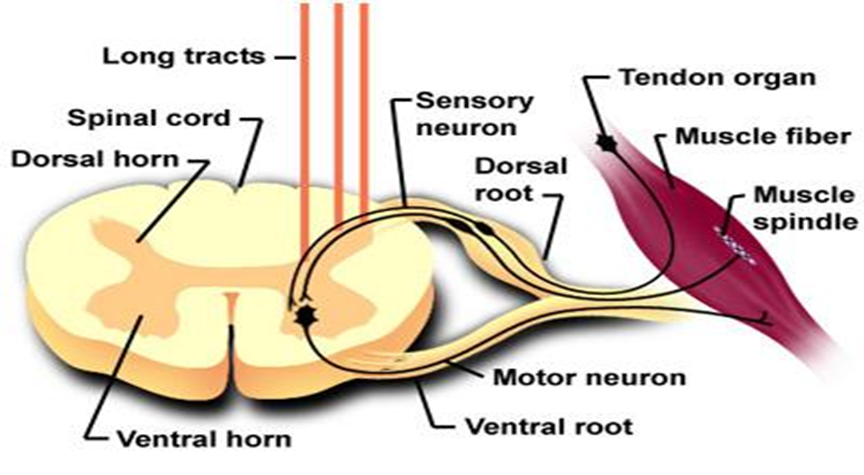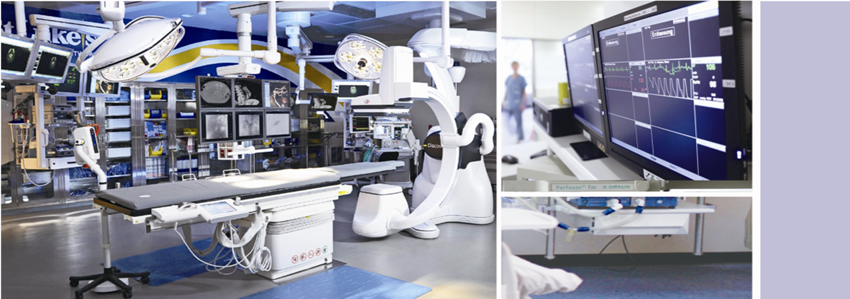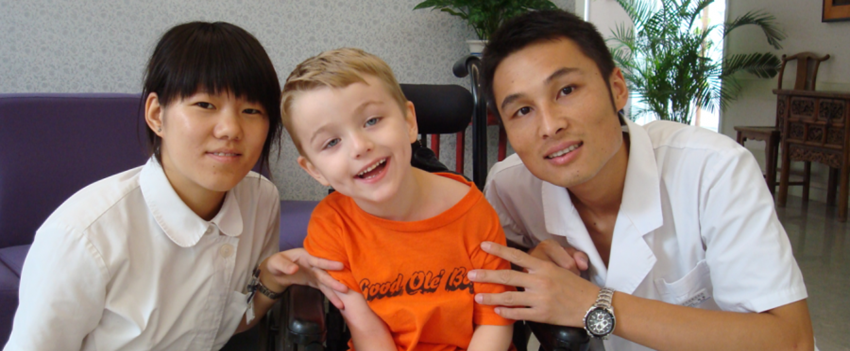
Cerebral palsy refers to syndrome that primarily manifests as an impairment of voluntary movement and is caused by a non-progressive brain injury, occurring soon after birth while an infant’s brain is still under development.
While a serious disorder, Cerebral Palsy is sadly not an uncommon central nervous system issue among children. Lesions in the brain in the brain are often accompanied by mental deficiency, seizures, behavior disorders, dysphrenia , audio-visual and language disorders .

Traditional treatment of cerebral palsy:
Treatment of infantile cerebral palsy is done systematically following a combined course of surgical intervention and rehabilitation (physical therapy).
The most common surgical options are a functional selective spinal nerve root separation(FSPR) and a Cervical Perivascular sympathectomy. While these procedures are the most commonly performed, they are not the most effective in terms of surgical outcomes.
Modern advancements in stereotactic surgery and biochemistry are pushing these treatments out as patients are gaining increased benefits and outcomes from cutting edge alternatives.

Stereotactic Cranial Neural Prosthetics is CP patients’ first choice
Stereotactic surgery uses advanced imaging equipment to make a three dimensional map of the brain. Once this map is created, a robotic assistant is utilized it pinpoint the afflicted area down to the millimeter.
Once pinpointed, a Nerve Growth Factor agent can be injected directly into the damaged area which repairs damaged nerves, remodels the neural structure and reconstructs the information conduction paths. This process restores motor function, general sensation, cognition and language ability.e Inquiry–start

The primary benefits of this kind of surgery are:
1. Precise localization: The position, size, volume, shape and surrounding brain tissue of intracranial lesions are quickly and accurately determined by using the modern nerve video technology (such as CT, MRI, DSA, SPECT, PET, etc.) and the robot stereotactic technique, with the margin of error at less than 1mm.
2. Minimally invasive: Finds the best operation path through neuro-navigation and can accurately attack, regulate or repair intracranial lesions. This procedure can be done very quickly, under local anesthesia and with minor surgical trauma (Pinhole diameter is less than 1cm).
3. Fast onset of action: Robotic brain stereotactic surgery for the treatment of brain functional diseases takes effect very quickly with some surgeries resulting in the immediate alleviation of symptoms.
4. Quicker post-operative recovery: The postoperative recovery period is much shorter than traditional surgery due to the precise localization, minimal trauma and reduced time on the operating table. Patients can be discharged in only 5 – 7 days.

Beijing Puhua International Hospital was the first facility in China to introduce the advanced IGS-730 stereotactic robot and has successfully completed hundreds of frameless stereotactic surgeries including the famed Robotic Stereotactic brain tissue repair surgery. This technology reduces surgical trauma, makes operating localization more accurate and improves surgical outcomes greatly.
Beijing Puhua International Hospital has treated thousands of patients with cerebral palsy, with ages ranging from 8 months old to our eldest Cerebral Palsy patient being 36 years old. The majority of patients who undergo this treatment report a some to significant improvement in areas such as speech function, intelligence, muscle strength, muscle tension, limb activity and spasm frequency.








